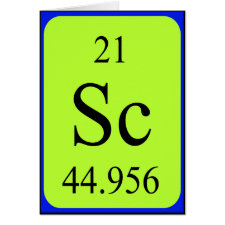
Authors: Luo K, Chen HC, Zhou Q, Yan ZH, Su ZQ, Li K
Article Title: A sensitive and visual molecularly imprinted fluorescent sensor incorporating CaF2 quantum dots and β-cyclodextrins for 5-hydroxymethylfurfural detection.
Publication date: 2020
Journal: Analytica Chimica Acta
Volume: 1124
Page numbers: 113-120.
DOI: 10.1016/j.aca.2020.05.006
Alternative URL: https://www.sciencedirect.com/science/article/pii/S0003267020305195
Abstract: Calcium fluoride (CaF2) quantum dots have many applications in various fields. But there is no report on fluorescent characteristics of CaF2 quantum dots (CaF2 QDs). Here, a synthesis of multiple-color emission CaF2 QDs by changing the temperature, time and raw ratio is reported, by which the CaF2 QDs with purple, blue, green, and yellow emission can be obtained, respectively. They were characterized by X-ray diffraction (XRD) and transmission electron microscope (TEM). On this basis, a novel molecular imprinting ratiometric fluorescence sensor (MIR sensor) had been constructed based on the prepared CaF2 QDs and CdTe QDs, in which the yellow emission CaF2 QDs was used as a responsive signal material and the red emission CdTe QDs was served as a reference signal material. And the β-CD and methylacrylic acid (MAA) as bifunctional monomers were used for constructing the specific molecularly imprinted polymers (MIPs) in MIR sensor. This MIR sensor was applied for highly selective and excellent sensitive detection of 5-hydroxymethylfurfural (HMF). Under optimum conditions, it exhibited an excellent linear relationship between the fluorescence intensity ratio (I599/I625) and the concentration of HMF in the range of 0.1-6.0 μg/mL with a detection limit of 0.043 μg/mL. Finally, the established HMF-MIR sensor was successfully utilized to detect HMF in honey with satisfactory results. This work provided a reference for the application of the CaF2 QDs and the detection of the furfural substances
Template and target information: 5-hydroxymethylfurfural, HMF
Author keywords: Molecular imprinting ratiometric fluorescence sensor (MIR sensor), CaF2 quantum dots, β-cyclodextrin, Visual detection, 5-Hydroxymethylfurfural (HMF)



Join the Society for Molecular Imprinting

New items RSS feed
Sign-up for e-mail updates:
Choose between receiving an occasional newsletter or more frequent e-mail alerts.
Click here to go to the sign-up page.
Is your name elemental or peptidic? Enter your name and find out by clicking either of the buttons below!
Other products you may like:
 MIPdatabase
MIPdatabase









